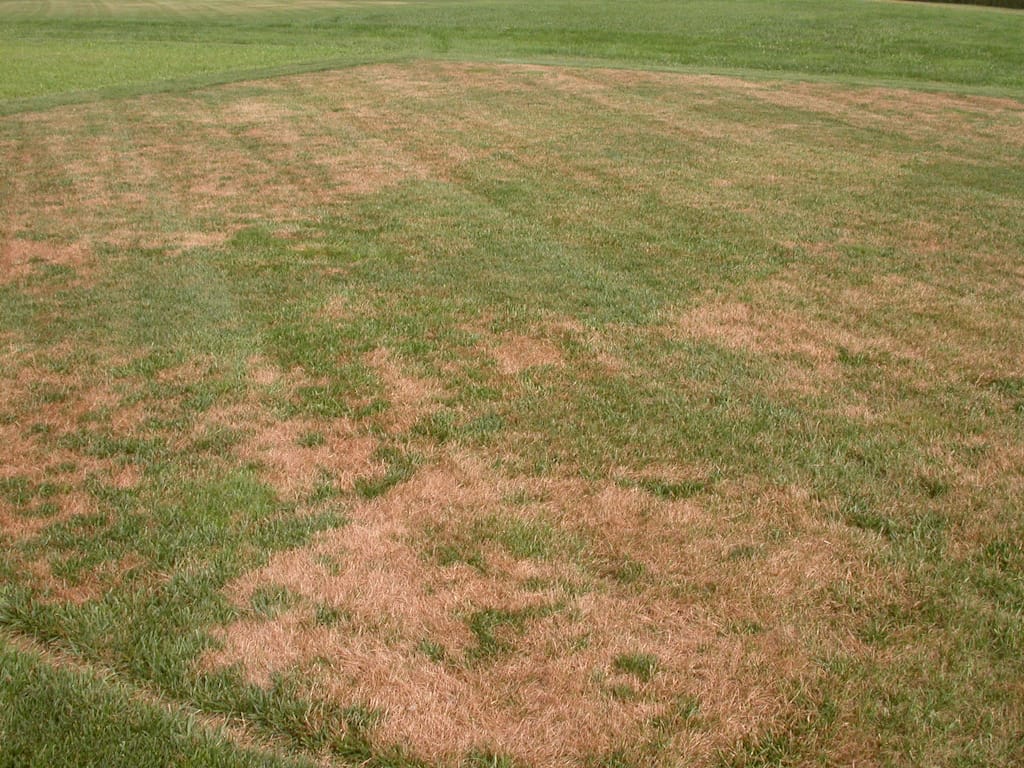As the colder months approach, many homeowners in Austin, Texas, may wonder how to best take care of their lawns during the winter. While winter is a slower time for lawn growth, the right winter lawn care services can ensure your grass stays healthy and ready for spring. Here are essential winter lawn care tips for Austin homeowners to keep their grass in top condition throughout the colder season.
1. Mowing: Keep Your Lawn Trimmed
Although the grass growth slows down in the winter, it’s still important to keep mowing your lawn regularly. Austin’s mild winter means that some cool-season grasses, like fescue or ryegrass, may continue growing, albeit slowly. Keep your grass trimmed to about 2-3 inches during the winter months. This will help prevent the grass from becoming too long and susceptible to disease. Avoid cutting your grass too short, as this can stress the grass and make it more vulnerable to the cold.


2. Watering: Adjust for Cooler Weather
One of the most important aspects of winter lawn care in Austin is adjusting your watering schedule. During the winter months, temperatures can vary, and the grass requires less water than in the hot summer months. Ensure your lawn gets around 1-1.5 inches of water per week, either from rainfall or supplemental watering. It’s important to avoid over-watering, as this can lead to fungal growth and root rot, which thrive in wet, cold conditions.
If your area has had little rain, consider deep watering your lawn every 2-3 weeks to ensure that the roots stay hydrated. Use a sprinkler or irrigation system that provides deep, slow watering to avoid surface run-off.


3. Aeration: Promote Healthy Roots
Winter is an excellent time to have your lawn aerated. Aeration involves perforating the soil with small holes, allowing air, water, and nutrients to penetrate deeper into the ground. This process helps improve root growth, which is crucial for lawn health in the spring. If your lawn has heavy traffic or compacted soil, aeration services can be especially beneficial.
In Austin, the combination of clay soil and drought conditions often leads to compacted ground. Aerating your lawn once during the winter can help break up compacted soil and improve drainage. The best time for aeration is typically in late fall to early winter, before the soil becomes too cold.


4. Fertilization: Strengthen Your Grass
Even though most lawns in Austin don’t need heavy fertilizing during winter, a light application of winter fertilizer can provide your lawn with essential nutrients. A slow-release, balanced fertilizer designed for winter application helps the grass stay strong, even during the dormant season. Applying fertilizer during the winter months encourages root growth and strengthens your lawn for the upcoming growing season.
Be sure to choose a fertilizer that is appropriate for your grass type. Cool-season grasses like fescue may benefit from a nitrogen-rich fertilizer, while warm-season grasses (like Bermuda) generally don’t need fertilization until the spring.


6. Mulching: Protect Your Grass During Cold Spells
Although Austin doesn’t often experience freezing temperatures, we can still see occasional cold snaps during the winter months. One way to protect your lawn during these cold spells is to apply a light layer of mulch to your lawn, particularly around vulnerable areas like flower beds and garden borders. Mulch acts as insulation, helping maintain a consistent temperature in the soil.
However, be careful not to pile mulch too thickly on your grass, as it can suffocate your lawn and create conditions that promote fungal growth. A thin, even layer will provide the protection your lawn needs without causing damage.


7. Leaf Removal: Prevent Lawn Damage
While leaves can be a charming sight in the fall, they can suffocate your lawn if left unchecked. A heavy layer of fallen leaves prevents sunlight from reaching your grass and can promote mold growth. Regularly rake up or mulch fallen leaves to ensure that your lawn continues to breathe and stay healthy during the winter months.
If you have a lot of leaves, a lawn care service can help remove them quickly and efficiently, saving you time and ensuring that your lawn doesn’t suffer from leaf buildup.


8. Monitor for Pests and Disease
Even in winter, it’s important to monitor your lawn for signs of pests or diseases. Cold weather doesn’t necessarily eliminate lawn pests, such as grubs or insects, which can continue to cause damage to the root system. Additionally, fungi like snow mold can thrive in wet, cold conditions.
egularly check your lawn for unusual spots, discoloration, or patches of dead grass. If you notice any signs of disease or pests, consult a local lawn care service for professional treatment.


Final Thoughts: The Importance of Winter Lawn Care
Winter lawn care in Austin, Texas, is all about preparation. By following these steps—proper mowing, watering, aeration, fertilization, weed control, and pest management—you’ll ensure that your grass remains healthy and ready for the warmer spring months. While your lawn may not require as much attention during winter, maintaining a proactive approach will provide the foundation for a beautiful, green lawn come springtime.
If you’re unsure where to start or need professional help maintaining your lawn this winter, consider contacting a trusted lawn care service in Austin. They can provide expert guidance and ensure that your lawn receives the proper care it needs throughout the season.
By investing in winter lawn care, you’ll be giving your grass the best chance to thrive year-round.




